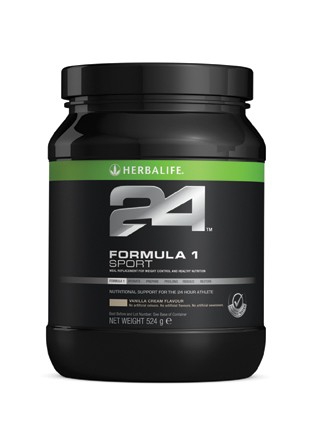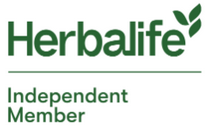People often ask me, “is dieting good, or bad?” It’s such a general question that I often don’t quite know how to answer – partly because we toss around the words “diet” and “dieting” so much that they’ve almost lost their meaning.
In truth, we’re all on a diet every day. We each have our own dietary habits and patterns that make up our usual “diet”. Sometimes we make changes to that diet – often to cut down on our calories – in which case you might say you’re “dieting” or “on my diet” (that is, until a few weeks later… when you’re “off my diet”).
What Makes a Diet Good or Bad?
There are certainly “good” diets and “bad” diets – we all know people who choose foods carefully and eat well, just as we know others who seem to eat nothing but fast foods and soda. And, if you need to lose weight, then “dieting” – in the most general sense – is probably a good thing. But it really depends on how you approach your weight loss.
If your weight loss diet is one you can stick with, is well-balanced and leads to a healthy rate of weight loss, then yes, in that case dieting is definitely “good”. But, if the weight loss diet you’re attempting to follow is unbalanced, if it’s so strict that you can’t stick with it, or if it’s so low in calories that you have no energy or you lose weight too quickly, I’d say that’s “bad”.
The Best Diet is the One that Works for You
The most successful “diet” is the one that works for you day in and day out. It’s the diet that provides your body with the nutrients it needs. It’s the diet that includes foods that you enjoy eating. It’s a diet that works with your lifestyle. It’s the diet that you can follow for the rest of your life. And it’s yours and yours alone.
With so many different “diets” out there, how do you put together the diet that works for you? I think the best way to start is to follow some basic principles, and then refine your diet and eating pattern until you find a way of eating every day that works for you.
Building a Healthy Diet from the Ground Up
I like to think of building your diet in much the same way you would if you were building a house. You start with the basic foundation, you build up your supporting structures, and then you add the finishing touches to personalize it, and make it uniquely yours.
If you were building a house from the ground up, you’d have a budget – you’d know how much money you have to work with and, therefore, how large your finished house could be. Similarly, if you’re building your diet, the first thing you need to know is how many calories you have to work with. Just as houses come in all different sizes, so do people and their calorie requirements. Calorie needs are individual to you, and are determined, in large part, by your body composition and the amount of activity you get. You can’t plan out what you’re going to eat until you have an idea of your daily calorie needs to help you achieve your dietary goals (whether it’s to lose weight, gain or stay the same).
Now – just like your house – your diet needs a strong foundation. Ideally, the core of your diet will be made up of lean proteins, healthy carbohydrates (in the form of vegetables, fruits and whole grains), and modest amounts of healthy fats. Most healthy people will have the same dietary foundation, and they’ll use these ‘raw materials’ to build the structure of the actual diet.
The next step in construction is dividing up the space and putting in the supporting structures – and in building your diet, you’re going to do the same thing. Your goal is to divide up your calories from protein, carbohydrates and fats in a way that suits your needs – just as you’d divide up the square footage of your house into different rooms in a way that works best for you.
In most cases, about half your calories (or about half the square footage of your “house”) – is going to come from carbohydrates. The other half will be – more or less – roughly divided between protein and fat. The proteins, carbohydrates and fats you eat, along with the vitamins and minerals that your body needs, provide the supporting structure to your diet, much like the supporting walls in your house.
Personalize Your Diet for Long Term Success
Now comes the fun part. Once the basic structure is finished, you get to decorate and personalize your house. The same holds true for your diet. Just as some people like carpeting and others like tile floors, you get to personalize your diet, too – by picking and choosing the foods you’ll eat that work with your likes and dislikes, your lifestyle, your budget – while still meeting your nutrition goals.
Personalization is really key to your success. For instance, kale is really popular right now. But if you just can’t choke it down, then find another leafy green that you like instead. There’s nothing magical about kale – there are plenty of other greens that offer up a similar nutritional profile. What really matters is the overall quality of your diet. And with so many healthy foods out there, there’s no shortage of items to pick and choose from. Just find the ones you like, and build these foods into your daily diet.
It wouldn’t be “good” if you felt uncomfortable every time you walked into your own home – if it didn’t feel like “you”. Similarly, a diet is only “good” when it’s good for you – because it nourishes you, and because it just feels right. And once you feel natural and comfortable with the diet that you can “call your own”, your weight should take care of itself.
Susan Bowerman is Director of Nutrition Training at Herbalife. Susan is a Registered Dietitian and a Board-Certified Specialist in Sports Dietetics.




